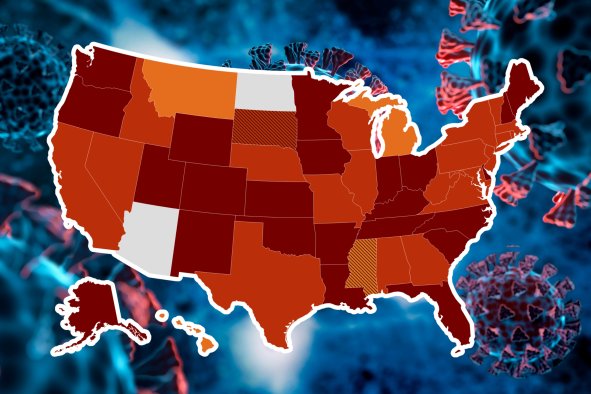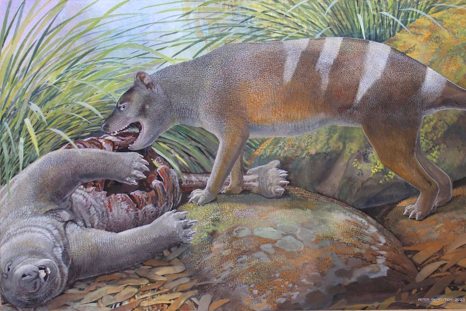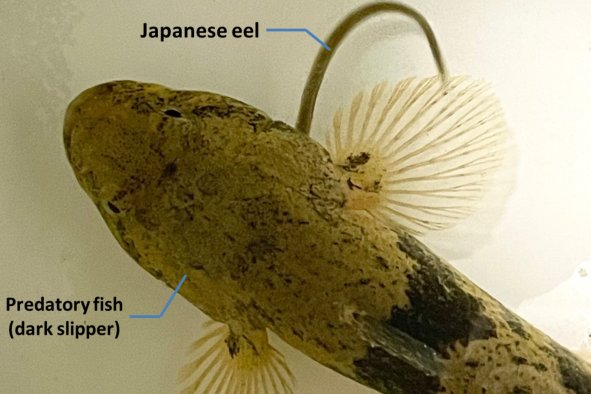Several animals have been found dead due to infection by anthrax in Wyoming.
The Wyoming Game and Fish Department announced on September 3 that a dead moose had tested positive for anthrax in Carbon County, while on the same day, the Wyoming Livestock Board shared that "multiple beef herds located in Carbon County" had also been found to be infected with anthrax.
"This recent detection in a moose is the only documented case reported in wildlife at this time. The last confirmed case of anthrax in wildlife in Wyoming was in 1956 in Sublette County," the Wyoming Game and Fish Department said in a statement.
"This is the first confirmed anthrax in Wyoming cattle since the 1970s," the Wyoming Livestock Board said.
Anthrax is a serious infectious disease caused by the bacteria Bacillus anthracis, according to the CDC. It primarily affects animals such as cattle, sheep, deer, and goats, but humans can come into contact with anthrax spores through direct or indirect contact with infected animals or contaminated animal products. Animals may catch the disease by breathing in, eating, or drinking spores from the soil or water.
"The spores can persist in the ground for decades and emerge when the ground is disturbed or flooded. Disturbance is common in summer months when conditions may alternate between rain and hot, dry weather, allowing spores to be released from contaminated soil and ingested by livestock or wildlife" the Wyoming Game and Fish Department said. "Carnivores tend to be less at risk and may display higher resilience to the disease."
Anthrax can manifest in several forms, each with different symptoms and levels of severity
The most common form is cutaneous anthrax, which occurs when anthrax spores enter the body through cuts or abrasions on the skin. This usually results in a small, raised sore appearing at the site of infection, which eventually turns into a blister, followed by a painless ulcer with a black center (called an eschar). It is treatable with antibiotics and generally less severe.
Gastrointestinal anthrax can occur when a person consumes meat from infected animals or drinks contaminated water and can cause nausea, vomiting, abdominal pain, severe diarrhea, and, in some cases, blood in the stool. It can be fatal without prompt treatment.
The most dangerous form is inhalation anthrax, which occurs when a person inhales anthrax spores. This can result in initial flu-like symptoms (fever, cough, chest pain) that quickly escalate to breathing difficulties, shock, and potentially death if untreated.
Anthrax has been used as a biological weapon because of its ability to form resilient spores. A notable incident occurred in 2001 in the United States, when anthrax spores were deliberately sent through the mail, leading to several deaths.
"The spore-forming bacteria may survive in the soil for years to decades, resulting in sporadic outbreaks which usually occur after periods of drought followed by heavy rain," the Wyoming Livestock Board said. "Clinical signs of anthrax in livestock include sudden death, weakness, staggering, difficulty breathing, fever, and bloody diarrhea."
According to the Wyoming Livestock Board and the Wyoming Game and Fish Department, local authorities are working to prevent the further spread of the bacteria. Livestock—and humans—can be given a vaccine to prevent infection by the bacteria.
"Multiple state agencies and private veterinarians responded quickly following the anthrax diagnosis by the Wyoming State Veterinary Laboratory. Protecting animal and human health is critical upon diagnosis of a zoonotic disease," said Dr. Hallie Hasel, Wyoming State Veterinarian. "The Wyoming Livestock Board will continue working with producers and private veterinarians to reduce further spread and limit human exposure through recommendations for carcass disposal and vaccination. Anthrax vaccine is approved for multiple livestock species and highly effective."
The Wyoming Game and Fish Department warns hunters and the public to not approach or touch dead carcasses in the wild, and not to harvest any animal that appears unwell.
Do you have a tip on a science story that Newsweek should be covering? Do you have a question about anthrax? Let us know via science@newsweek.com.
Disclaimer: The copyright of this article belongs to the original author. Reposting this article is solely for the purpose of information dissemination and does not constitute any investment advice. If there is any infringement, please contact us immediately. We will make corrections or deletions as necessary. Thank you.



